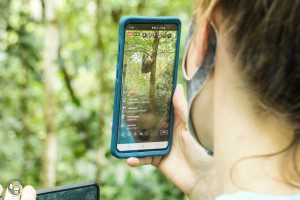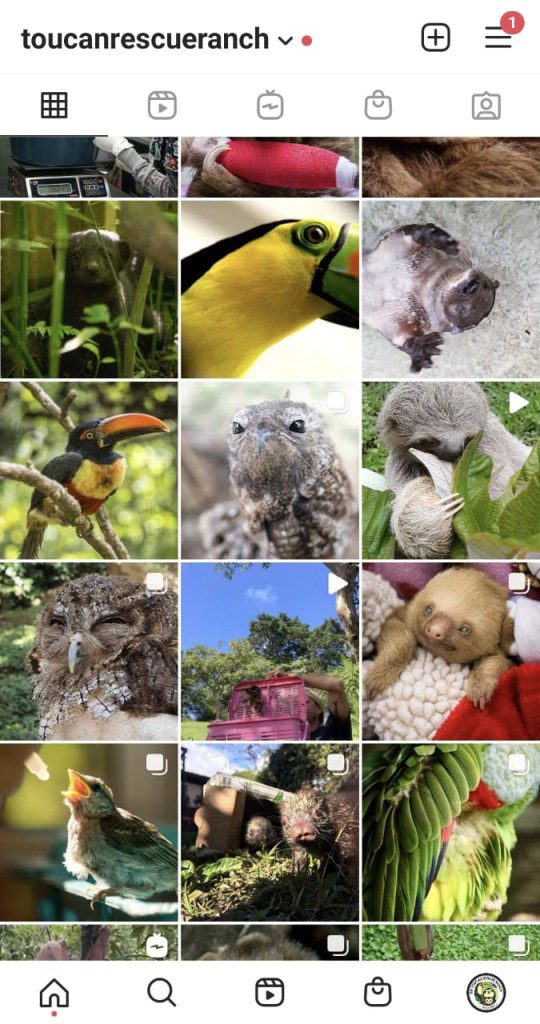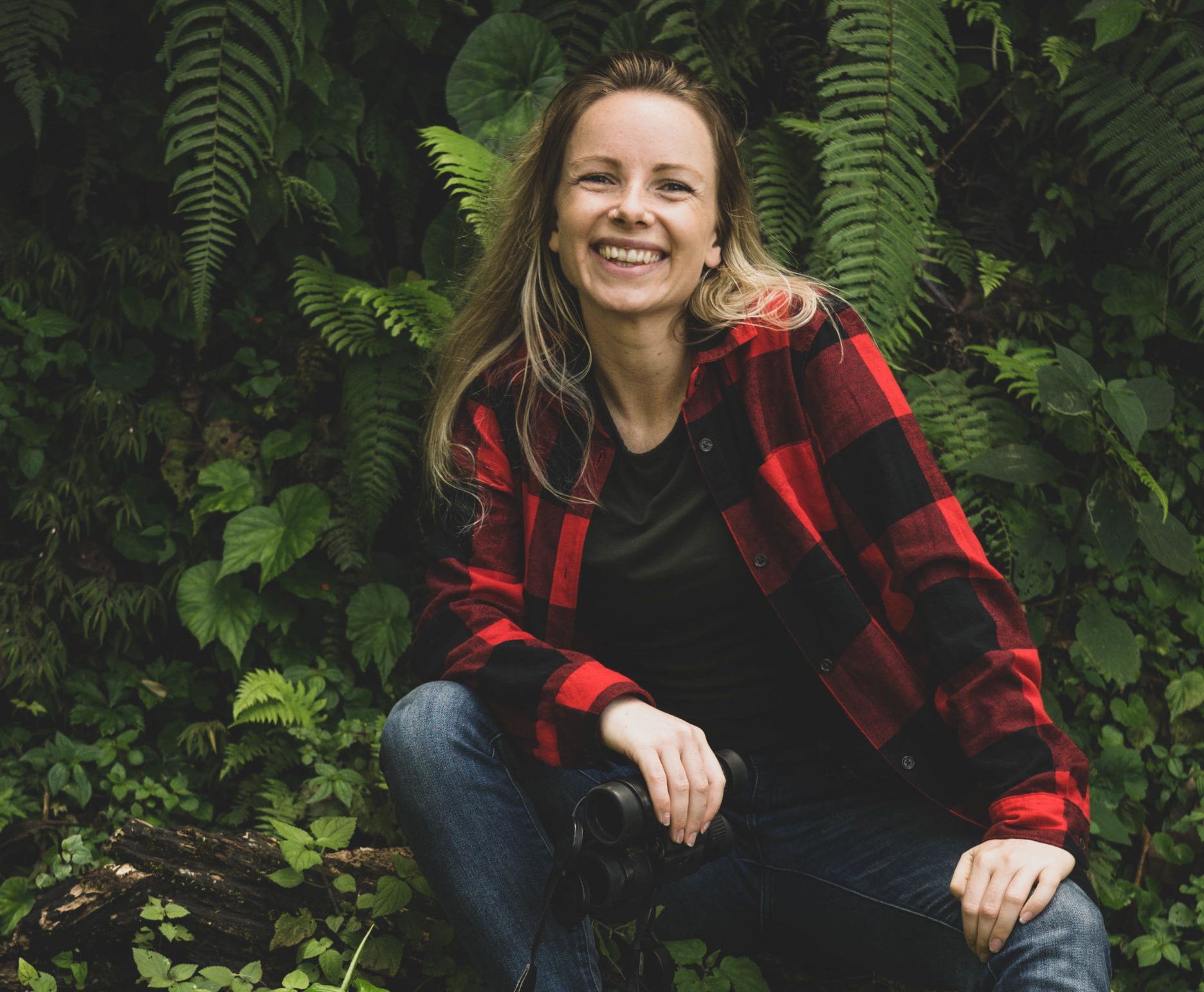Are you looking for the right approach for your conservation project? And the best way to engage with like-minded people who believe in your cause? Getting the most of social media to have a successful non-profit? You’ve come to the right place!
1. Know your audience
2. Invest in equipment and software

3. Learn what works best on each social media platform
4. Create a calendar every month for goal-keeping
5. Diversify, diversify, diversify
 In hand with the calendar, you need to constantly think outside the box to keep your content fresh, eye-catching, and worth reading about! For instance, in our case, we’ve learned that keeping our rescued wildlife diverse is very important for engagement, not only the same species but specific, outstanding cases, since these are a rare sight for our followers!
In hand with the calendar, you need to constantly think outside the box to keep your content fresh, eye-catching, and worth reading about! For instance, in our case, we’ve learned that keeping our rescued wildlife diverse is very important for engagement, not only the same species but specific, outstanding cases, since these are a rare sight for our followers!
We also get to teach about new procedures, conservation efforts, and new projects, which generates a better outreach and keeps our content relevant for those who are interested in what we do. Keep your followers guessing – they know they’ll count on you for amazing, innovative, exciting posts about this subject they care so deeply about! Plus, if you are a project that the focus is to teach, always take an educational approach. Know you have a captive audience, and with that, you have the opportunity to make a positive impact and create influential change. So, keep it educational, but approachable and digestible for the general public.
6. Remember strong calls to action and cohesive campaigns
7. Don’t forget to engage with who follows you
8. Transparency and honesty – the best practices & knowing when you can’t do it alone







4 Comments
ทดลองเล่นสล็อต pg ซื้อฟรีสปิน
Keep this going please, great job!
Influencer Marketing Company
You made a great point when you mentioned that social media posting isn’t just with regards to scheduling the content and forgetting about it. Actually like some other relationship, it involves communication.
Nonprofit Public Relations
These ten tips will enhance any nonprofit’s social media strategy. The key to starting is to know your audience. Thanks for sharing this article.
Nonprofit Public Relations NYC
These are great ways to improve your social media strategy. Thanks for sharing.